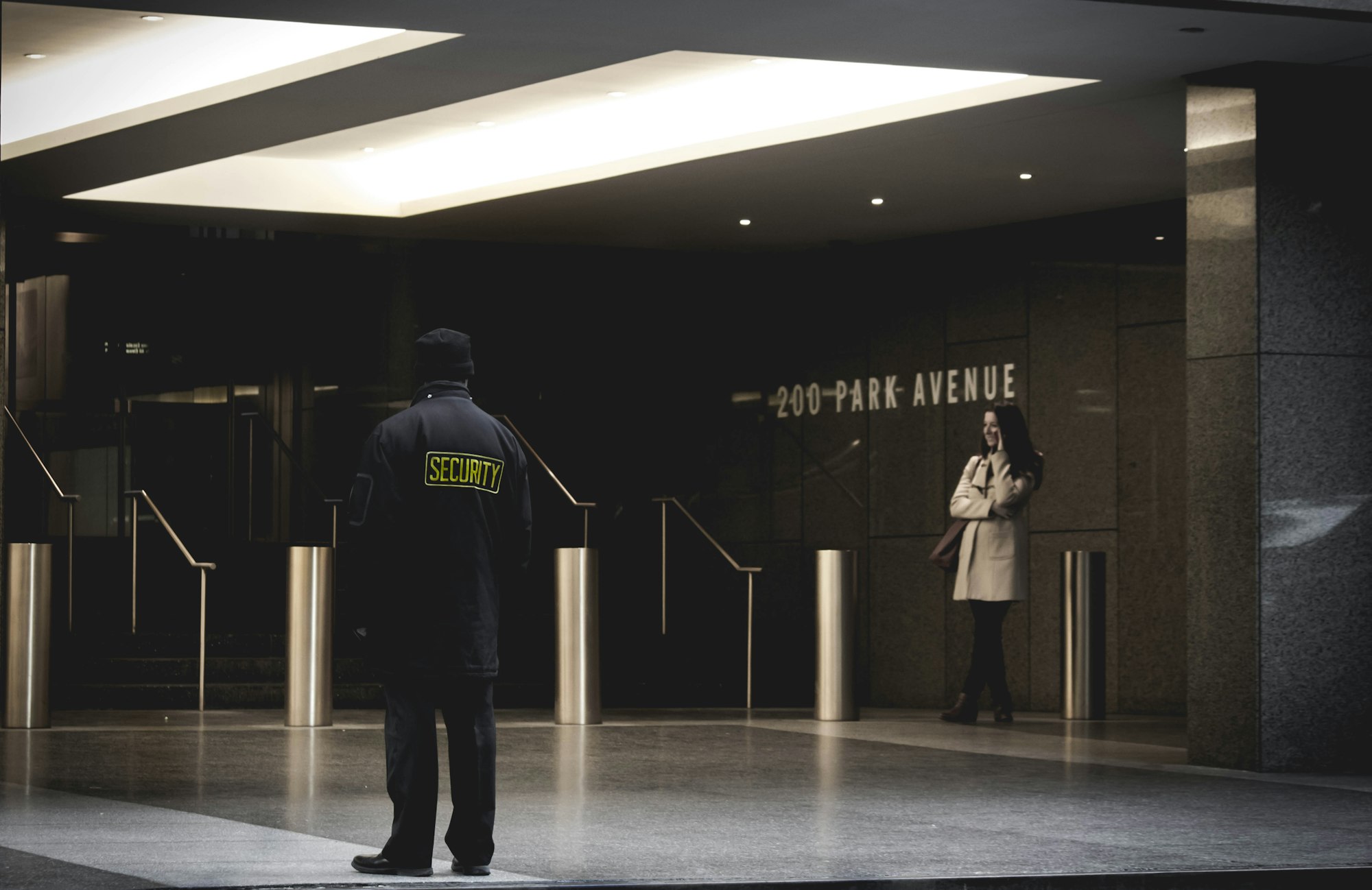What Really Happens When You Type a URL in Your Browser

We all do it a hundred times a day. You open Chrome, Safari, or Firefox, type something like thedevlearnings.com, hit Enter… and boom, a whole website just appears.
But what’s actually happening behind the scenes? Let’s peel the curtain back and walk through the journey of a URL, step by step. Think of it like a little adventure — your request starts from your laptop, travels across the internet, and comes back with the page you asked for.
Step 1: The Browser Figures Out Where to Go
Your browser first asks: “Okay, I’ve got this URL. But where in the world is thedevlearnings.com actually hosted?”
- This is where DNS (Domain Name System) comes in.
- DNS is like the phone book of the internet. You type
thedevlearnings.com, DNS translates it into an IP address like192.0.2.44. - Without DNS, you’d have to memorize IP addresses instead of website names (which would be a nightmare).
Step 2: Talking to the Right Server
Once the browser knows the IP address, it needs to connect to the machine hosting the site. That happens through something called the TCP handshake.
- Imagine you knock on someone’s door. They open and say “Hello.” You say “Hello.” Now you can start talking.
- That’s basically TCP’s three-way handshake: SYN → SYN-ACK → ACK.
- At this point, the browser and server have established a reliable connection.
Step 3: Secure the Conversation (TLS/HTTPS)
These days, almost every website uses HTTPS. That extra S is important. It means your browser and the server are going to agree on a secret way of talking (encryption).
- They exchange keys.
- They make sure nobody else can eavesdrop.
- From now on, everything is locked down and safe.
Without this step, anyone sitting in between (like on public WiFi) could read your passwords or credit card numbers. Take a look at the post that I have created which explains this concept in simple manner.

Step 4: The Browser Sends the Request
Now comes the fun part. Your browser finally says:
“Hey server, can you give me/(the homepage) ofthedevlearnings.com?”
This is an HTTP request. It has details like:
- Which browser you’re using (User-Agent).
- What type of content you accept (HTML, JSON, etc).
- Cookies (if you’re logged in).
It’s like writing a polite letter asking for specific things.
Step 5: The Server Does Its Job
On the other side, the server wakes up. It looks at your request and figures out what to do.
- If it’s a simple site, it might just send back an HTML file.
- If it’s something more complex (like Twitter or YouTube), it will probably hit a database, maybe some APIs, process things, and then build a response.
- Finally, it sends the response back to your browser as an HTTP response.
That response includes both the data (HTML, CSS, JavaScript, images) and instructions.
Step 6: The Browser Starts Painting the Page
Now your browser has the HTML. But it doesn’t just dump it on your screen. It goes through a whole process:
- Parse HTML → builds the structure of the page (DOM tree).
- Parse CSS → applies styles (colors, fonts, layouts).
- Parse JavaScript → makes the page interactive.
- Fetch Images, Fonts, Other Resources → everything the page needs.
It’s like building a house: frame first (HTML), then paint and decorate (CSS), then wire it with electricity (JavaScript).
Step 7: You See the Page 🎉
At last, the browser shows you the page. But even after it loads, it’s still working in the background — loading more scripts, prefetching resources, opening WebSocket connections if needed.
That’s why you often see pages load quickly at first, but keep fetching data (like new tweets, messages, or notifications).
Why This Journey Matters
You might think this is just trivia, but it’s actually pretty useful for developers:
- Debugging: If you know where things can go wrong (DNS, server, TLS, client-side), debugging gets much easier.
- Performance: Optimizing each step (like caching DNS, reducing requests, compressing responses) makes websites faster.
- Security: Understanding HTTPS and TLS is key to protecting users.
Final Thoughts
Next time you type a URL and a page loads in a second, remember — there’s a lot happening under the hood. From DNS lookups to secure handshakes, from HTML parsing to JavaScript execution, it’s a little miracle that happens billions of times every day.
And as developers, knowing this journey helps us build better, faster, and safer apps.
✨ That’s the behind-the-scenes of a URL. Not bad for a one-second adventure, right?


Member discussion